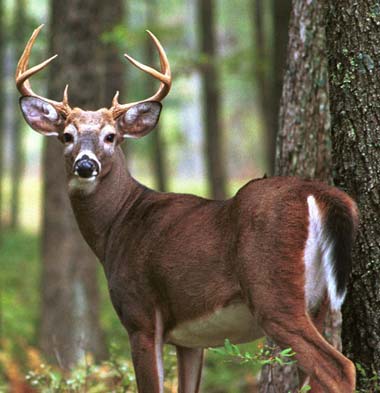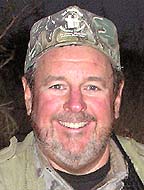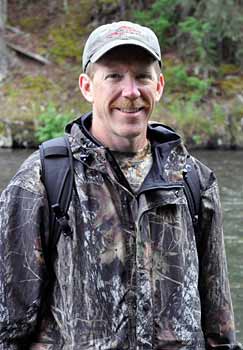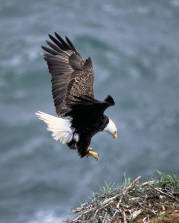 The deer breeding and captive hunt industry would like state departments of agriculture to regulate their industry, rather than state fish and wildlife departments. The industry has made a legislative push throughout the country for more favorable regulations.
The deer breeding and captive hunt industry would like state departments of agriculture to regulate their industry, rather than state fish and wildlife departments. The industry has made a legislative push throughout the country for more favorable regulations.
A blog in Outdoor Life points out that state wildlife agencies should regulate all of a state’s deer because of the threat of disease — particularly chronic wasting disease (CWD), which is often associated with captive deer hunting facilities, and odd genes escaping into the wild deer herd, not to mention the problem of turning a public resources (wild deer) into private property.
Read the Outdoor Life blog here.
The Associated Press recently ran a story about the controversy over regulating private deer enclosures in Mississippi. The state wildlife department has regulated the facilities since 2008. A legislative committee says it shouldn’t.
Wildlife Professional magazine had an excellent article on this subject back in December. It reviews all the threats to the wild deer herd from captive hunt and deer breeding facilities.
Photo: A wild buck, by Joe Kosack/Pennsylvania Game Commission



 In Utah, Greg Sheehan has been named as the new director of the Division of Wildlife Resources, according to a recent press release from the division.
In Utah, Greg Sheehan has been named as the new director of the Division of Wildlife Resources, according to a recent press release from the division.

